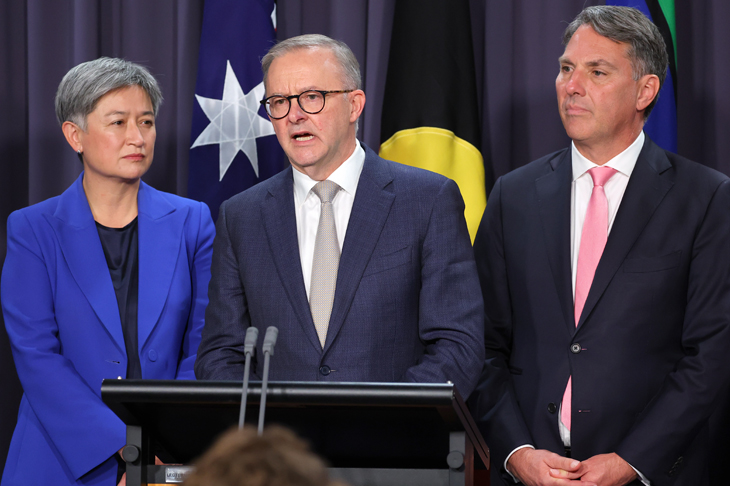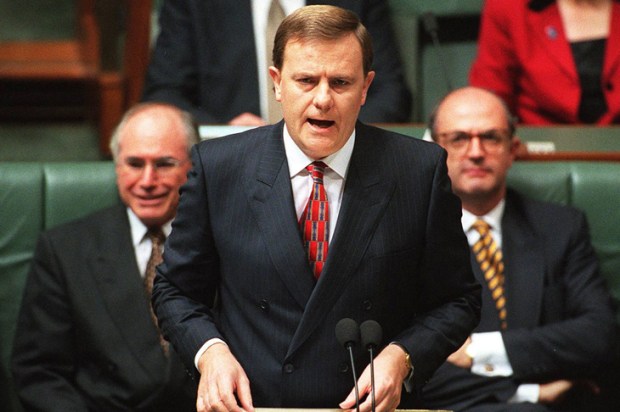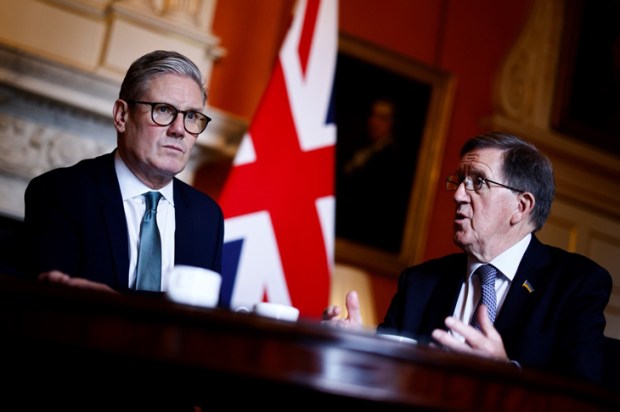He spoke too soon. It’s always a gamble going out on a limb. But when Richard Marles, then a Labor shadow minister, spoke in 2019 about the (temporary) collapse of the world market for thermal coal he didn’t have to add that ‘at one level that’s a good thing’.
Shane Wright, the economics writer who pops up in the Age and Sydney Morning Herald, also opted for a florid description: ‘coal is like candlesticks’.
Already a subscriber? Log in
Subscribe for just $2 a week
Try a month of The Spectator Australia absolutely free and without commitment. Not only that but – if you choose to continue – you’ll pay just $2 a week for your first year.
- Unlimited access to spectator.com.au and app
- The weekly edition on the Spectator Australia app
- Spectator podcasts and newsletters
- Full access to spectator.co.uk
Or
Unlock this article
You might disagree with half of it, but you’ll enjoy reading all of it. Try your first month for free, then just $2 a week for the remainder of your first year.














Comments
Don't miss out
Join the conversation with other Spectator Australia readers. Subscribe to leave a comment.
SUBSCRIBEAlready a subscriber? Log in